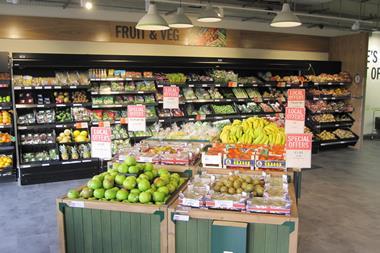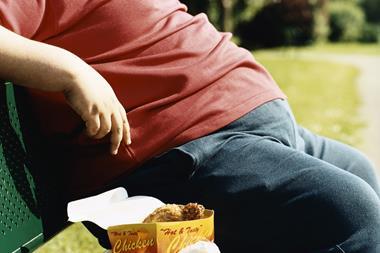A new Eatwell plate developed by the Department of Health has proposed consumers should bulk up their diets with pasta, potatoes and bread - while ditching products high in sugar and fat, The Grocer can reveal.
A panel put together by Public Health England was this week discussing the model, one of three under consideration, based on research by the FSA in Scotland. The recommendations have been put forward in response to SACN’s call to slash the nation’s recommended sugar intake by half.
The model proposes consumers should eat more starchy foods, including rice, noodles and cous cous, plus more fruit & vegetables.
At the same time, it calls for a reduction in the amount of food high in sugar and fat, with the exception of milk and dairy, which despite high levels of fat in many products is another area that should make up a bigger slice of consumers’ diets. In contrast, consumers would be urged to eat less meat, fish, eggs and beans.
Scientists and industry experts in the talks admitted the model would be controversial amid growing consensus that sugar, not fat, was at the heart of the UK’s obesity crisis. A recent BMJ article suggested warnings about fat-filled foods, including fatty cuts of meat, sausages and bacon, were overblown.
“With the SACN still to make its final report, it’s a work in progress,” said one expert involved. “But under this model the amount of food with a high fat content in the plate has decreased, while there is an increase in the proportion of foods high in starchy carbohydrates.
“We would have to get across that consumers should eat products such as wholegrain rice and wholewheat pasta, which are high in fibre and lower in sugar.”
Another expert added: “These talks are not just based on the latest flavour of the month. Last week in the media it was all about satfats, next week it will be something else. We are going on the most thorough and up to date evidence.”
In November The Grocer revealed just 1% of consumers had diets that hit SACN’s suggested targets on sugar and fibre.
“This project highlights the challenge of translating guidelines into practical advice for the public,” said Dr Glenys Jones, a spokeswoman for the Nutrition Society.
As well as looking at proposed changes to the Eatwell Plate, experts will also push ahead with recommendations to allow composite foods, including ready meals and pizza, to carry the DH’s 5 a day logo, if they meet suggested new requirements on their nutritional content.
Sign in to comment on this article
Not logged in before? Register for FREE guest access today.
You will be able to:
- Read more stories
- Receive daily newsletters
- Comment on stories
Advert



















No comments yet